Significant Achievements
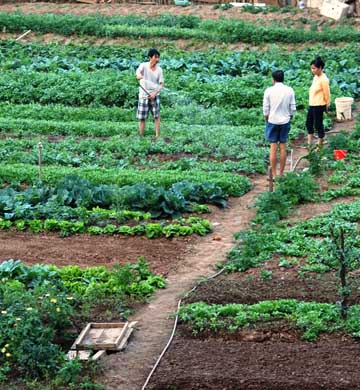
Technology Policy
India spends only 0.4 percent of its agricultural Gross Domestic Product on agricultural research much lower than in the developed countries. There is sufficient evidence to show that the payoff from investment in agricultural R&D is very attractive. Increased investment in agricultural research is required to keep yield frontiers moving upward, to reduce cost of production and improve resilience of production systems. The study on total factor productivity (TFP) for major crops indicates that the highest growth in TFP has been reported for wheat and maize (1.6 per cent) for the period 1996-2005. Share of TFP in the output growth was 60 per cent in wheat and 30 per cent in maize. The growth in TFP for crop sector accelerated during the period 2002-12, and almost entire growth in the output was attributed to the growth an TFP.
Irrigation
Equity in the use of surface water has improved over time in most of the states. Streamlining of accounting procedure to link cost recovery and O&M funding is essential. Irrigation department should be empowered to identify water user categories, enforce water supply measurement and charge the bulk users. Although physical performance of irrigation projects showed a substantial growth during successive five year plans, it coexists with increasing gap between irrigation potential created and utilized. There is a need to switch from traditional to modern irrigation technologies, along with institutional and policy support for improving irrigation efficiency. Efficient groundwater governance by regulating excessive withdrawal and promoting significant achievements its utilization through effective legislation and policy intervention, is of prime importance for sustainable growth.

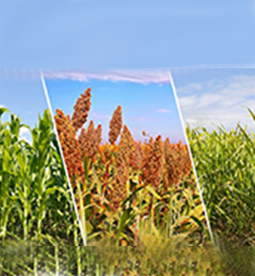
Diversification and Poverty
Diversification of agriculture towards high-value enterprises such as horticulture and animal husbandry that generate higher returns matches with resource endowments and income requirements of smallholder farmers who allocate larger area to highvalue crops, and are also more efficient in then production compared to lamer farmers. The incidence of poverty is less among those engaged in these enterprises the biggest impact being on marginal and small farmers. Thus diversification, supported by technology, markets and policies can be an important pathway to enhance farmer's income, create employment opportunities, sustain agricultural growth and reduce poverty.
Food Demand
By 2050 availability of resources for agriculture will increase but at a slower rate as compared to the growth in food demand. This underlines importance of improving resource use efficiency and technological breakthroughs. In order to strike a balance between the future demand and supply of agricultural products, the Institute has suggested to target a) significant increase in land productivity, b) twofold increase in water productivity, c) doubling energy use efficiency, and d) five times increase in labour productivity by 2050.

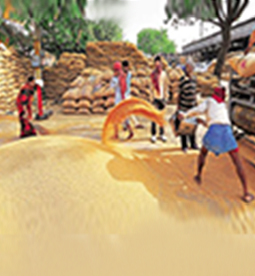
Trade
In order to benefit from globalisation, emphasis on food safety measures and compliance with various SPS measures are essential. This is essential to harness the untapped potential of dairy product exports to developed countries like USA, EU and Japan. The cost of compliance investment required handling and processing and traceability of the products were identified as important issues that need attention for enhancing livestock exports.
Reforming Markets
Price policy and market reforms should (i) enhance competition in the marketplace by linking farmers to markets through institutional innovations such as contract farming and producer associations; (ii) promote investment in public infrastructure (roads electricity, and communication) that reduces transportation and transaction costs, (iii) induce the private sector to invest in agro-processing, cold storage facilities, refrigerated transportation and retail chains to enhance efficiency of the value chains and minimize post-harvest losses; and (iv) improve farmer's access to credit inputs, information, and services.
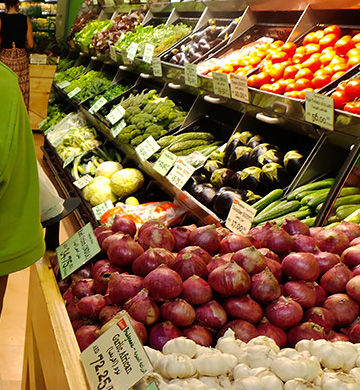
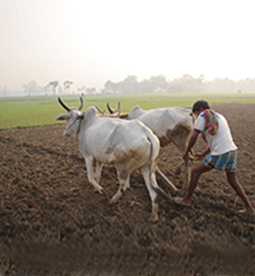
Livestock Policy
Livestock sector despite its considerable potential to enhance and sustain agricultural growth has remained underinvested and neglected by financial institutions (credit and insurance) and support services. The sector currently receives hardly 10% of the public spending and 5% of credit to agricultural sector. Further, our estimates of feed demand would help in reorienting food management policy and also towards optimization of livestock population. The estimates of the positive contribution of livestock to environment. Justify more resources for livestock development.
Land Reforms
Tenancy laws of various states should be suitably amended keeping in view the region specific needs. As far as possible, leasing-in of land only by small and marginal farmers should be allowed, while large farmers should be encouraged to take up non-farm enterprises.
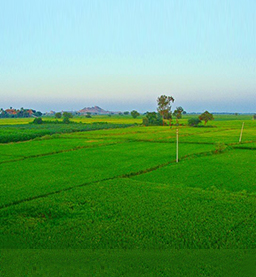
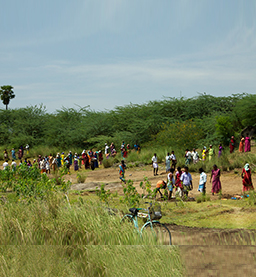
Labour Market
There are profound changes with labour moving from agriculture towards non-farm sectors. The diversification of the rural labour market is influenced by a set of factors such as the pattern of economic growth inter-sectoral wage ate and labour productivity differentials, education, rural employment schemes and socio-cultural factors. Employment diversification has led to narrowing of large variations in real wages across different sectors in the rural economy. Increase in wage rate increases the cost of production and prices and therefore, farm mechanization and custom hiring arrangements for small farmers should be promoted.








